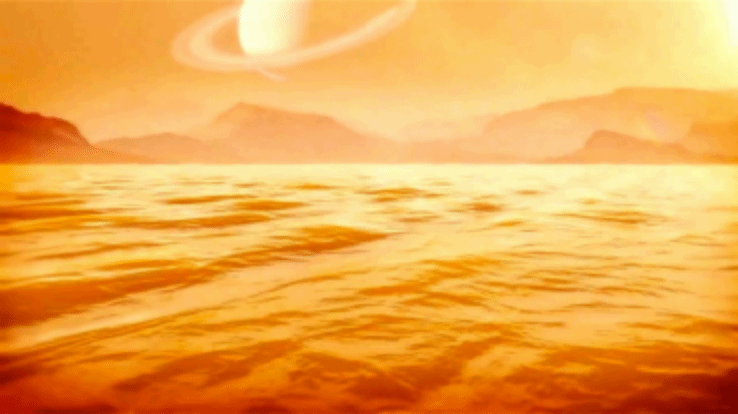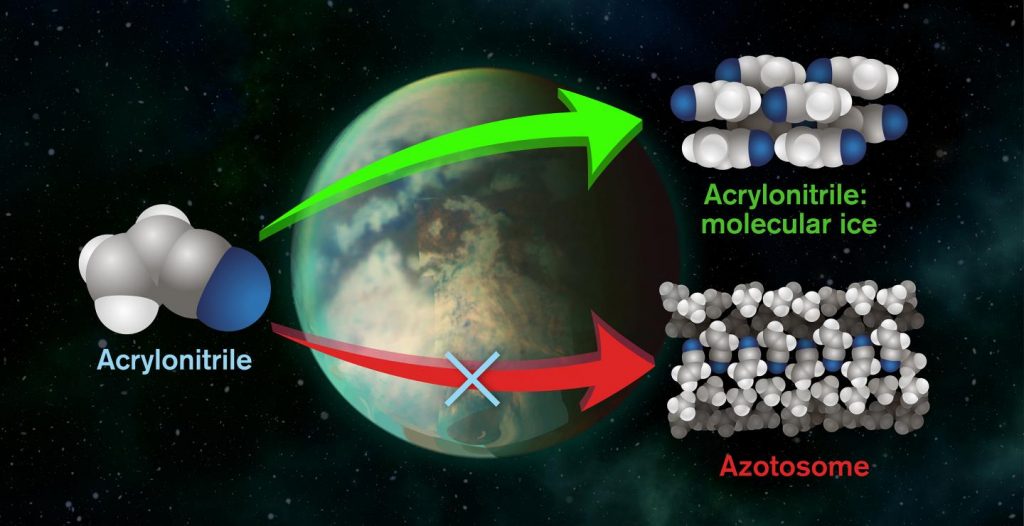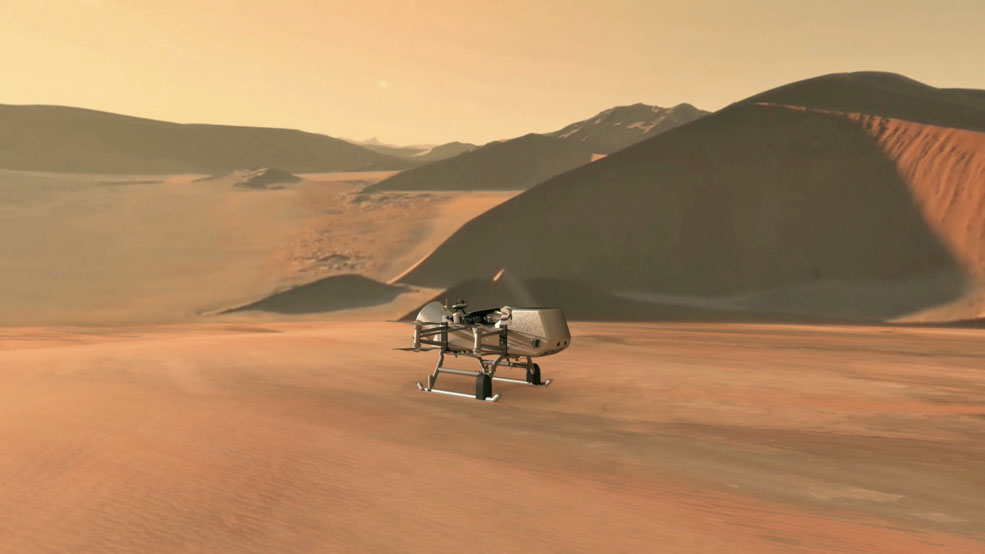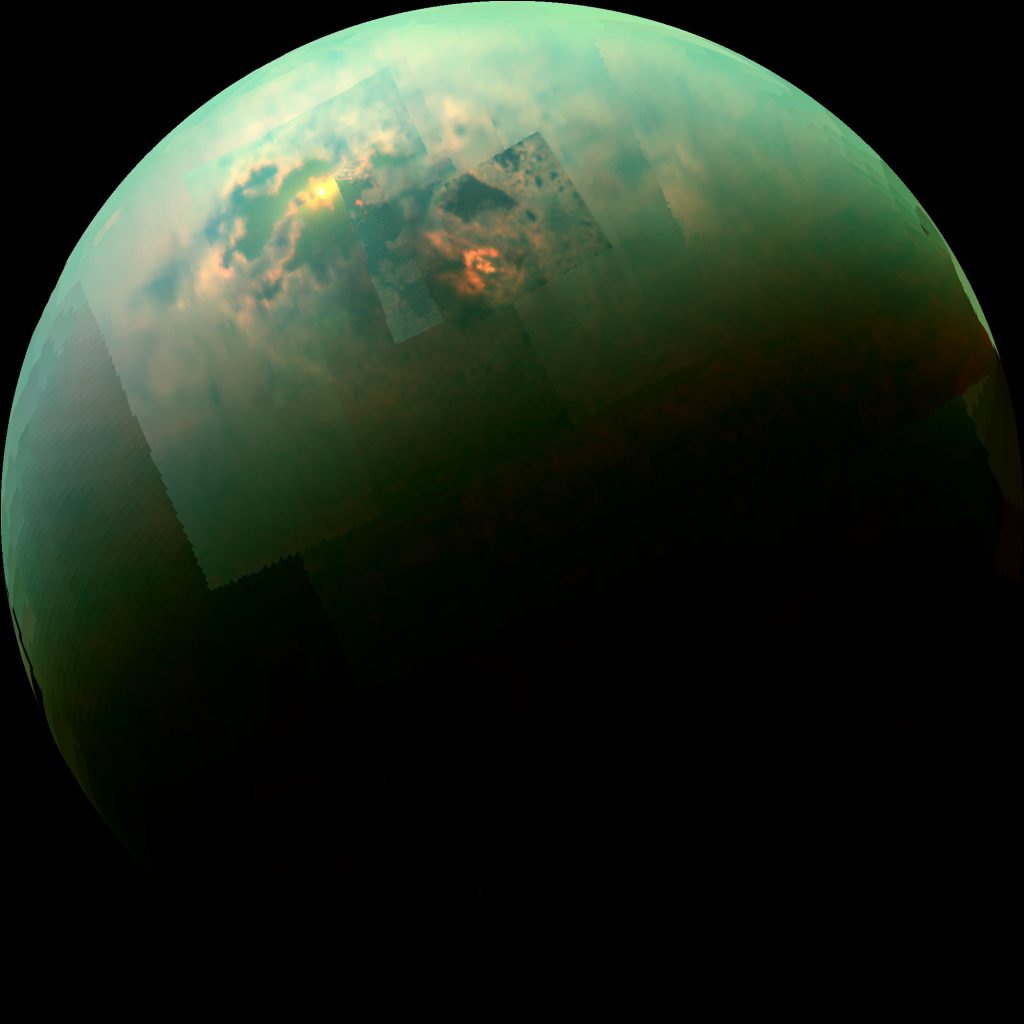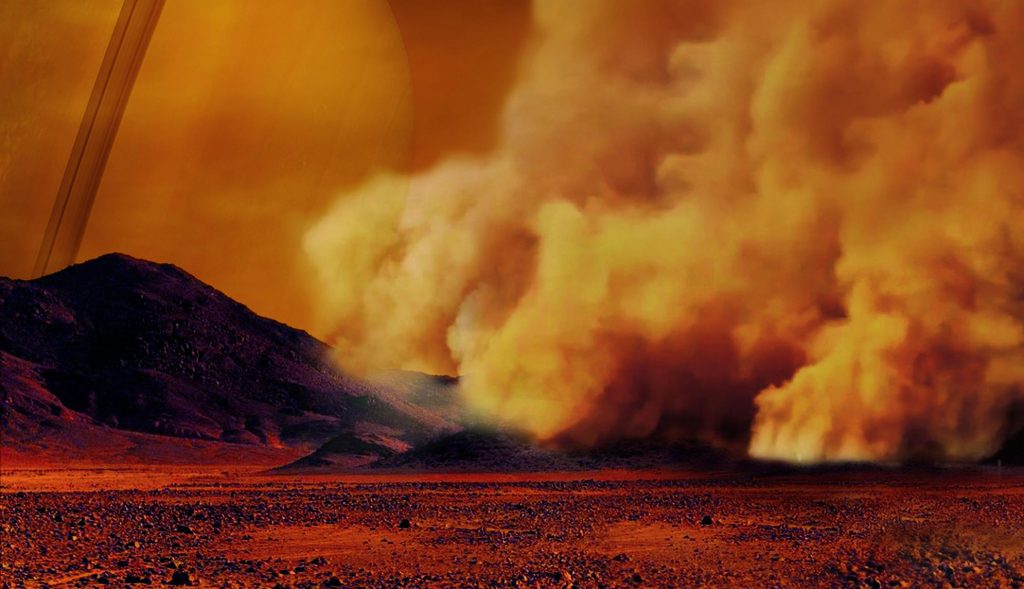How deep is Titan’s largest lake?
Saturn's moon Titan is one of the most mysterious celestial bodies in the solar system. Beneath the golden haze of gaseous nitrogen in which it is enveloped, it has a weather cycle comparable to Earth's - only not with water, but with liquid methane. The methane comes down from the sky as rain, flows down the mountains in rivers, forms lakes and oceans, and evaporates from them back into the atmosphere. In a new paper in the Journal of Geophysical Research, researchers now use data from one of the Cassini mission's last Titan flybys to show how deep Titan's…
